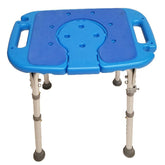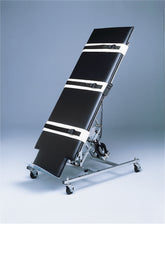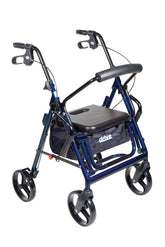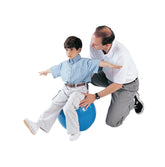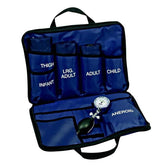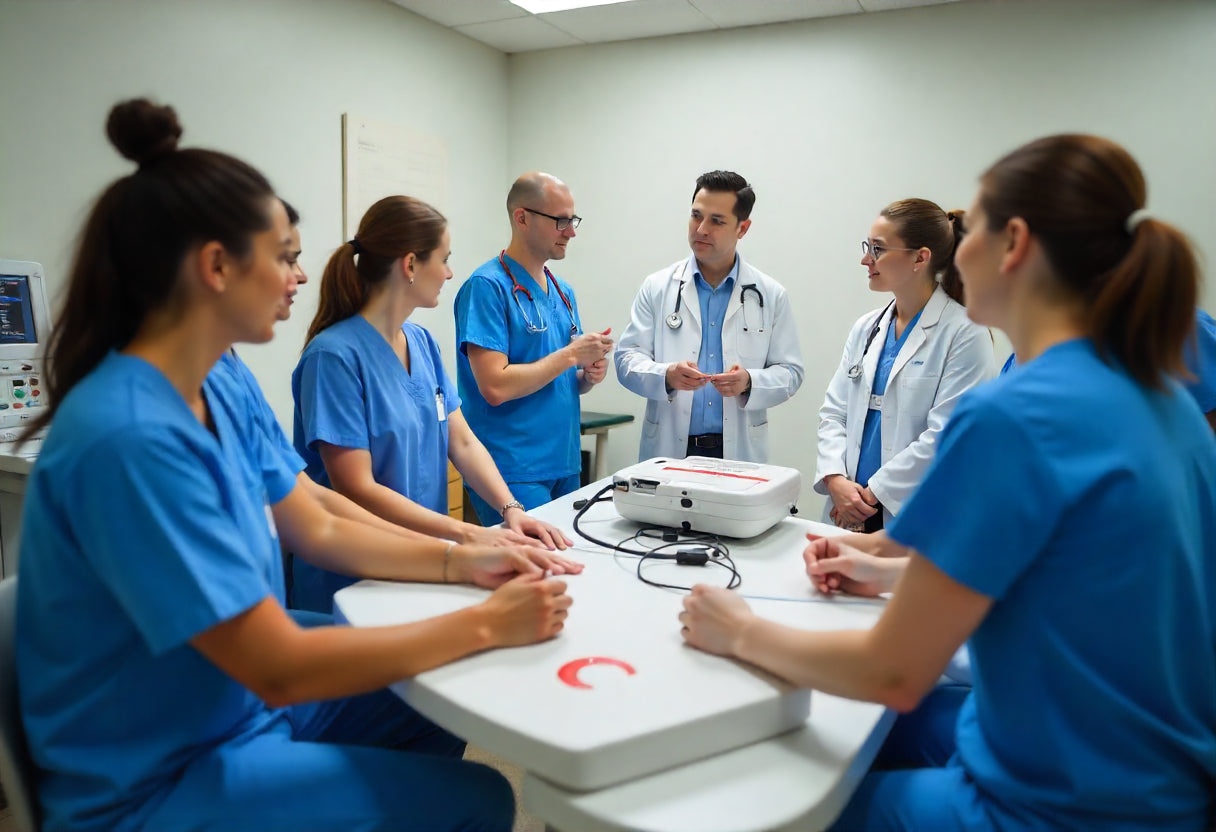
Staff Training for Pediatric Emergency Equipment Essentials: Best Practices
A child in crisis doesn’t give you time to think. In those moments, every second feels heavier than the last, and the difference between a smooth response and a chaotic scramble often comes down to one thing: preparation. Stocking the right tools matters, but training staff to use pediatric emergency equipment essentials with confidence matters even more.
If you’ve ever seen a new team member hesitate over drawer placement or watched a seasoned nurse lose precious seconds searching for the right-sized airway, you know how dangerous those gaps can be. Training isn’t just about learning, but it’s about turning equipment into instinct.
Why Staff Training Matters
Children aren’t small versions of adults. Their bodies react differently, their airways are smaller, and their needs change with every stage of growth. That’s why emergency teams rely on specialized pediatric tools sized just for them.
But here’s the problem:
-
Staff turnover leaves new hires unfamiliar with your setup.
-
Equipment variations from one facility to another create confusion.
-
Stress levels spike in emergencies, making even simple tasks harder.
Without regular, focused training, your pediatric emergency equipment list becomes just that, a list.
Make Equipment Familiar, Not Hidden
Too many clinics keep pediatric carts tucked away until they’re needed. The trouble is, if staff don’t see or touch that equipment regularly, it feels foreign when the moment comes.
Bring it out during orientation. Host walk-throughs where team members open drawers, handle supplies, and get comfortable with layouts. Familiarity is half the battle.
Tools like the Clinton Phlebotomy Cart, Pediatric/Space Place, or the playful Ocean Commotion version make this process easier. Their bright, child-friendly designs reduce stress for young patients, and the organized layout keeps staff from fumbling. Training should always include a hands-on tour of carts like these.
Simulation: Practice Until It Feels Natural
Emergencies are not the time to “figure it out.” Staff need muscle memory, and that only comes from practice. Simulation training is the best way to get there.
Run scenarios with real equipment:
-
A toddler in respiratory distress needs bag-mask ventilation.
-
An infant requiring IV access during seizures.
-
A school-aged child after trauma needs airway support.
Include the actual carts and supplies your clinic uses, maybe the Clinton Phlebotomy Cart, Pediatric/Cool Pals, or the Alley Cats & Dogs model. The goal is simple: when an emergency hits, staff shouldn’t stop to think about where supplies are. They should already know.
Build and Use a Checklist
Stress scrambles memory. A checklist keeps everyone grounded.
Your pediatric emergency equipment checklist should include:
-
Airway tools in multiple sizes.
-
Vascular access kits—including pediatric IV catheters and IO sets.
-
Resuscitation meds and dosing guides.
-
Monitoring devices like pediatric BP cuffs and pulse oximeters.
-
Comfort items for kids, like distraction tools or small bandages.
Never underestimate those comfort items. Even something simple like Cartoon Animal Pattern Band Aids helps kids feel safer, and staff should be trained to use them at the right moments.
Restocking Is Non-Negotiable
An empty drawer during an emergency? It’s every provider’s nightmare. That’s why restocking must be part of training, not just an afterthought.
Assign responsibility for checking supplies daily or weekly. Staff should know exactly how to replace items in your carts, whether it’s the Clinton Pediatric/Alley Cats & Dogs cart or another model. Training must include not just how to use equipment but also how to keep it ready.
Beyond the Equipment: Emotional Readiness
Pediatric emergencies are tough—not only for patients and families but also for staff. Training should cover more than clinical skills.
Practice soft skills too:
-
Explaining procedures in kid-friendly language.
-
Distracting a nervous child during IV access.
-
Calming anxious parents while performing urgent tasks.
Even larger tools, like the Triton DTS Traction Unit, can look intimidating to young patients. Staff who know how to explain or soften the experience make care smoother and less frightening.
Keep It Ongoing
One-time training doesn’t stick forever. People forget, teams change, and new tools appear. Training must be continuous.
-
Run quarterly drills.
-
Hold annual refreshers.
-
Debrief after real emergencies—what worked, what didn’t, and what needs adjusting.
This rhythm keeps pediatric emergency equipment essentials fresh in everyone’s mind and ensures your team doesn’t lose confidence between events.
Blend Digital and Hands-On
Videos and online modules can be helpful reminders, but nothing beats hands-on practice. Staff should set up, test, and use the equipment in training just as they would in real life.
If your facility invests in new pediatric carts or supplies, build them into the next training cycle immediately. No one should encounter a piece of equipment for the first time during a crisis.
Final Word
Pediatric emergencies are unpredictable, but your team’s response shouldn’t be. Having a complete pediatric emergency equipment list is essential, but it’s training that turns tools into lifesaving action.
The best practices aren’t complicated:
-
Keep equipment visible.
-
Use simulations to make the response instinctive.
-
Rely on checklists.
-
Train staff to restock.
-
Build emotional readiness.
-
Keep training continuous.
And remember, the details matter. A well-designed pediatric phlebotomy cart keeps supplies organized. A cartoon bandage eases fear. These small touches, combined with solid training, create confident staff and calmer patients.
When your team knows the pediatric emergency equipment essentials inside and out, you’re not just ready, you’re truly prepared to give children the emergency care they deserve.

